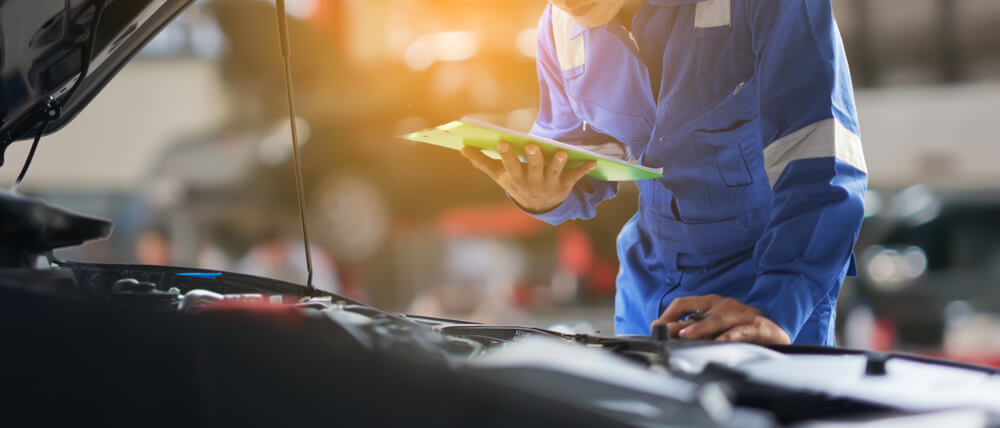What is a synchromesh gearbox?
What's on this Page?
What is the advantage of a synchromesh gearbox?What is a non synchromesh gearbox?What's the difference between non synchro, synchromesh and auto gearboxes in trucks?
20 March 2023 · Last updated on 20 March 2023
A synchromesh gearbox ensures a smooth transmission of engine power to the wheels. Synchromesh transmission is a gearbox system that has synchroniser rings which makes switching gears in manual transmission easier. It enables gear switching without the need to manually match different gear speeds. Before technological development in the manual transmission gearbox, drivers had to master rev-matching technical know-how and the art of double clutching for an efficient gear change. There are teeth on the outer part of the gears that facilitate smooth transmission of engine power to the wheels. If the teeth are not in sync during gear change, it will result into crunching that leads to damage and mechanical expense. Synchromesh regulates the speeds of the gears to facilitate flawless gear teeth meshing during transmission. When speeds are in sync the teeth to mesh effectively for a seamless gear shift.
What is the advantage of a synchromesh gearbox?
Before the invention of the synchromesh drivers had to learn and master the skill of matching gear speeds for flawless gear shifting. The introduction of synchromesh has reduced vibration and enabled faster gear shifting which allows for a smooth drive.
What is a non synchromesh gearbox?
Non synchromesh is a type of gearbox transmission that is entirely based on gears which do not use synchronisers - the driver has to skilfully engage the gears when their speed is at par. Non synchromesh transmissions are widely used in big commercial vehicles and agricultural machinery. To drive a non synchronous type of vehicle, you need have mastered well the application of declutching for it to work well when shifting gears. In most cases, non synchronous transmissions have clutch brake systems which reduces the speed of input shaft that helps to switch to neutral when in a standstill. The clutch brake can also help stop moving into gear prior to realising the clutch pedal. Even with the introduction of synchronised gearbox systems, non synchronised gearbox vehicles are still widely used globally. For example, heavy commercial vehicles including heavy trucks. Most of the agricultural machinery are also non synchronous. Motorcycles and some of the high-end racing cars also use unsynchronised systems. This is because, unsynchronised manual systems are less susceptible to breakdowns. Additionally, it is quicker to switch gears on unsynchronised car as compared to the synchronised one. A gearbox that needs you to match the speed of the engine with that of the driveshaft is non synchronous.
What's the difference between non synchro, synchromesh and auto gearboxes in trucks?
These are the main gearbox types that are commonly used in trucks and heavy vehicles. Amongst the non synchro gearboxes, road ranger is the most common one. Non synchro gearbox simply means, when you want to switch gears as you drive, the engine pace should match that of the road for efficient gear switching. This can also be referred to as double clutching. More heavy vehicles are being manufactured with automatic systems. It's simply an automated system in the car which shifts selected gears within the gearbox. Even though car gear shifting process has really been revolutionised, non synchronised ones are still being embraced among the diverse vehicle models across the world.








